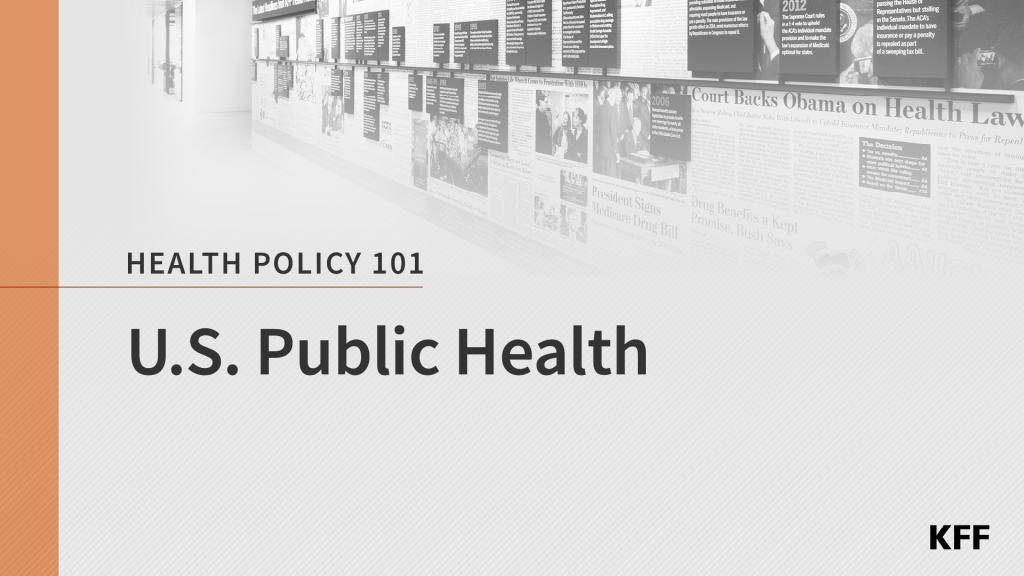States Set Different COVID-19 Vaccination Priorities for People with High-Risk Conditions
People with medical conditions that put them at higher risk of developing serious COVID-19 illness are next in line to get vaccinated in many states, though states are making very different choices about how to prioritize those within this large group, finds a KFF analysis of state policies.
